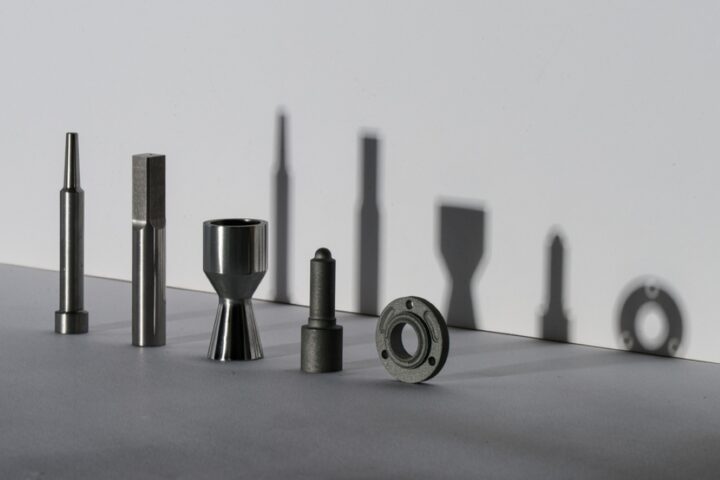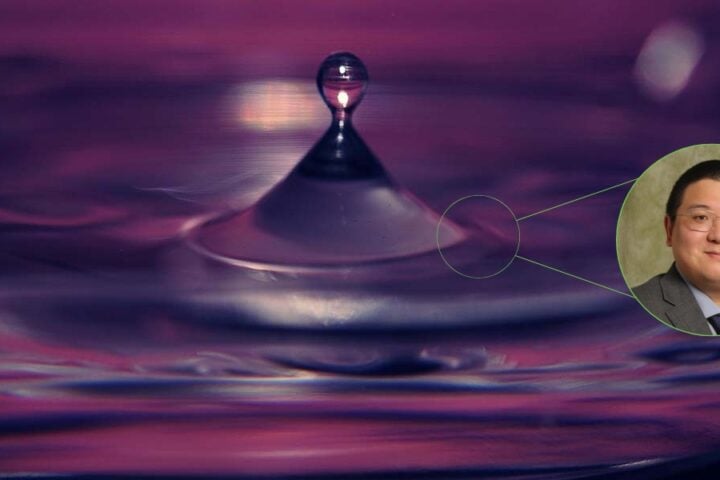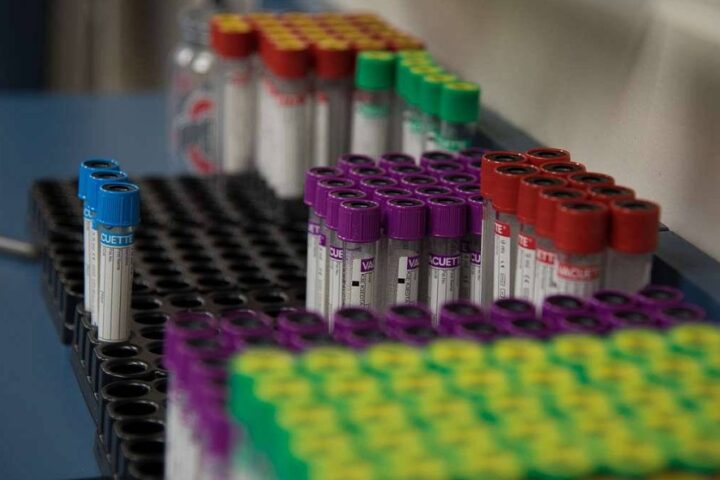MIT researchers have unveiled a groundbreaking superconducting device that could revolutionize energy consumption in computing. This device, harnessing the power of superconductors, promises to dramatically reduce energy use in various applications. “The macroscopic coherence in superconductors supports dissipationless supercurrents,” a potential game-changer for emerging quantum technologies.
The device’s unique feature is its ability to achieve unequal supercurrents in opposite directions, termed the superconducting (SC) diode effect. The team demonstrated this SC diode effect in conventional thin films like niobium and vanadium. By interfacing the SC layer with a ferromagnetic semiconductor, they achieved a nonvolatile SC diode effect with an impressive efficiency of 65%. Theoretical models and control experiments confirmed the critical supercurrent nonreciprocity in these films.
This innovation not only paves the way for new technologies but also highlights the universal Meissner screening effect in superconducting films. The researchers caution that this SC diode effect should be carefully considered when searching for exotic superconducting states. A superconductor with nonreciprocal current flow, similar to a conventional semiconductor diode, could form the foundation for dissipationless SC digital logic.
Our engineering of a superconducting diode effect that is robust and can operate over a wide temperature range in simple systems can potentially open the door for novel technologies.
Jagadeesh Moodera, leader of the current work and a senior research scientist in MIT’s Department of Physics.
Recent observations of the SC diode effect in complex thin film superconductors have spurred significant research interest. The diode efficiency, a measure of the diode effect’s magnitude, has been reported in values ranging from a few percent to 30% in previous studies. Several theoretical mechanisms have been proposed to explain the SC diode effects in superconductors. The finite-momentum Cooper pairing mechanism has been a focal point of many studies.
However, most superconductor films are not governed solely by the critical pair breaking mechanism. Magnetic flux, or Abrikosov vortices, typically anchor to defect centers or surfaces of a superconductor. The current flow in a superconductor produces a Lorentz force on these vortices. When the force exceeds the pinning centers’ hold, dissipation begins in the superconductor. This principle has been used to design superconducting vortices-based rectifiers.
Similar Posts
The team used vanadium and niobium superconductors to demonstrate three types of the SC diode effect. Two of these effects are rooted in the universal Meissner screening, not the rare finite-momentum Cooper pairing. The films used in the experiments were deposited on clean, heated sapphire substrates using a molecular-beam epitaxy chamber. The patterned V device exhibited a critical temperature (Tc) between 3.5 K and 4.3 K.
Four-probe geometry current vs voltage scans were used to observe the critical current (Ic) nonreciprocity. The I-V scans at 1.8 K for a V film subjected to an out-of-plane magnetic field showed distinct Ic values for increasing and decreasing currents. The diode efficiency reached a peak of approximately 19% at around 2.8 Oe. Such supercurrent rectification was observed in all the superconducting devices tested.
The researchers attributed the observed diode effect to a combination of Meissner current and device edge symmetry breaking during fabrication. The Meissner effect induces two dissipationless counterflowing screening current densities when an out-of-plane field is applied. The current density at the edge of a superconductor may be locally enhanced due to disorder. This results in a significant reduction of the vortex surface barrier. The Meissner screening and asymmetric vortex surface barriers are believed to be the underlying mechanism for the observed diode effect.
The researchers also highlighted the sensitive dependence of Ic on the out-of-plane field. A slight misalignment of the magnetic field direction with the film plane can lead to a false “in-plane” magnetic field induced diode effect. To accurately study the SC diode effect under an in-plane magnetic field, any out-of-plane component of the field must be meticulously removed.
This paper showcases that the superconducting diode is an entirely solved problem from an engineering perspective. The beauty of [this] work is that [Moodera and colleagues] obtained record efficiencies without even trying [and] their structures are far from optimized yet.
Philip Moll, director of the Max Planck Institute for the Structure and Dynamics of Matter in Germany.
This discovery by MIT researchers offers a glimpse into the future of energy-efficient computing and quantum technologies. “Our engineering of the SC diode effect in simple systems opens the door for novel technologies,” the team remarked. The potential applications of this technology are vast, from advanced computing systems to quantum devices. As the world grapples with energy challenges, innovations like this superconducting device could be the key to a more sustainable future.


















